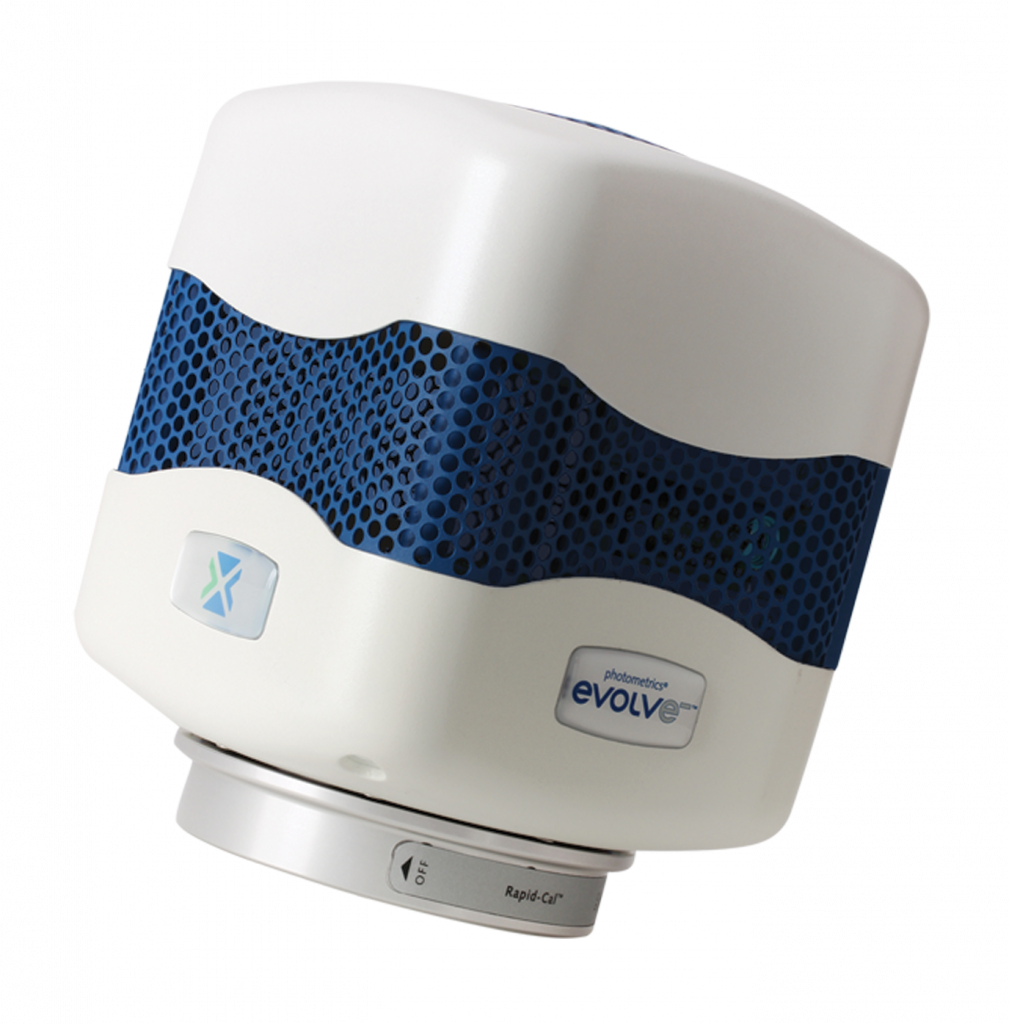Chao Tang, Professor
Center for Quantitative Biology, Peking University
Background
The Tang Lab at the Center for Quantitative Biology at the Peking University is interested in quantitative studies of biological systems. They apply, develop and integrate theoretical, computational and experimental methods to address key biological questions. They believe that an interdisciplinary approach focusing on quantitative questions at a systems level will uncover new biological principles and help them better understand complex disease and design new therapeutic strategies. Current research areas include cell cycle regulation, cellular decision-making, the relationship between function and topology in biological networks, developmental landscapes, information processing in biological systems and network-based complex disease mechanisms. To achieve their research goals, the team must acquire stable, high resolution images for their quantitative studies.



(Left) HeLa cells. CFP was over-expressed and localized across the whole cell. 40X air objective. (Middle and right) fission yeast, Schizosaccharomyces pombe. Histone HTA2 was tagged with mCherry, which was localized in the nucleus. 60X oil objective
Challenge
The quantitative studies of biological systems require the ability to capture high resolution images. Using standard CCD cameras, the team found they could not conduct quantitative analysis because they were unable to observe weak fluorescence signals. The research was dependent on a more advanced camera technology that could provide higher sensitivity and resolution for capturing accurate and reproducible data.
The Evolve EMCCD cameras provide high quality images for quantitative analysis, and have fast image acquisition speed. The cameras are very stable, fast and efficient.
Solution
Previously, Chao Tang, professor of the Tang Lab, worked at the University of California in San Francisco. There, he used both Photometrics and QImaging cameras, and was very satisfied with the cameras’ performance.
Now at the University of Peking, Tang and his team use both Evolve® 512 EMCCD cameras (new series now available) from Teledyne Photometrics.
“The Evolve EMCCD cameras are very sensitive, so we can detect weak fluorescence signal and get high resolution images. The advanced camera features enable us to acquire accurate and reproducible data,” states Tang.
Tang adds, “The Evolve cameras provide high quality images for quantitative analysis, and have fast image acquisition speed. The cameras are very stable, fast and efficient.”

Further Information
Additional information about Tang Lab and his team is available at:
http://cqb.pku.edu.cn/tanglab/en/index.php
More about the Center for Quantitative Biology PKU is available at:
http://cqb.pku.edu.cn/en/
